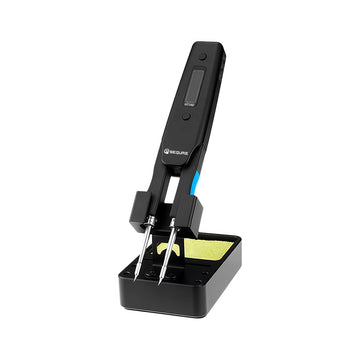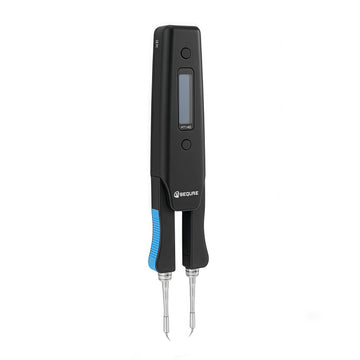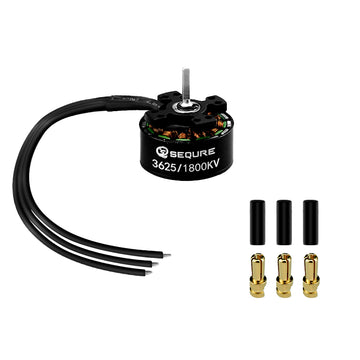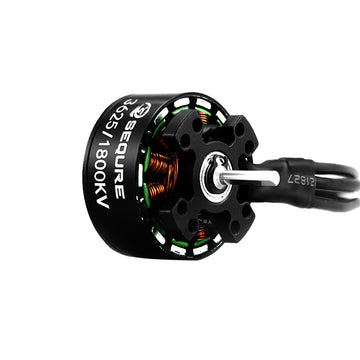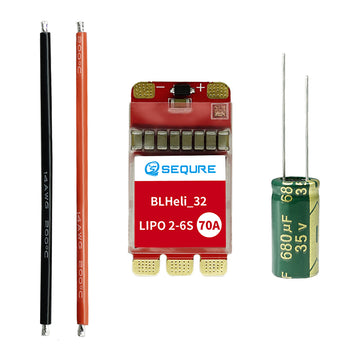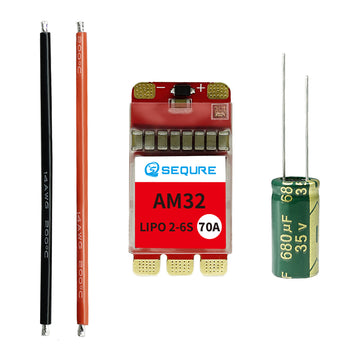Classification and selection of electric soldering iron
Electric soldering iron is a necessary tool for electronic production and electrical maintenance. Its main purpose is to weld components and wires. According to the mechanical structure, it can be divided into internal heating electric soldering iron and external heating electric soldering iron. According to the function, it can be divided into welding electric iron and tin absorbing electric iron. According to different uses, electric iron can be divided into high-power electric iron and low-power electric iron. So, how should we choose and buy electric iron?
Choosing a suitable electric soldering iron will help greatly improve the efficiency of our soldering iron tips in electronic lead-free soldering, but under normal circumstances, the choice should be based on the actual situation of the object to be soldered, generally focusing on the type of soldering iron and the power of the soldering iron.
(1) Selection of electric soldering iron
Internally heated electric soldering iron. The internally heated electric soldering iron has simple structure, high thermal efficiency, light weight and flexibility, and should be the first choice. It is composed of connecting rod, handle, spring clip, soldering iron core and soldering iron tip (also called copper tip). The soldering iron core is installed inside the soldering iron tip. The soldering iron core is made of nickel-chromium resistance wire wound on a porcelain tube. Generally, the resistance of a 20W electric soldering iron is about 2.4kΩ, and that of a 35W electric soldering iron is about 1.4kΩ.
External heated electric iron. The manufacturing process of this kind of electric soldering iron is complex, low efficiency and high price. It is generally composed of soldering iron head, soldering iron core, shell, handle, plug and other parts. The soldering iron head is installed in the iron core and is made of copper alloy material with good thermal conductivity as the matrix.
The length of the soldering head can be adjusted (the shorter the soldering head, the higher the temperature of the soldering head). In practice, there are different shapes such as chisel, sharp cone, round surface, circle, sharp cone and semicircular groove to meet the needs of different welding surfaces.
Constant temperature electric iron. A magnet type temperature controller is installed in the iron head to control the power on time, which is a constant temperature electric iron. When the welding temperature is not too high and the welding time is not too long, the constant temperature electric soldering iron should be selected, but its price is high. Although there are many parts, difficult maintenance and high price, the automatic constant temperature electric soldering iron can guarantee the quality of solder joint, especially when doing circuit experiment and repairing a large number of printed circuit boards. The electric soldering iron used in the production line can keep constant temperature by means of automatic voltage regulation, and the cost may be lower. In some areas, the power supply is not stable, and the soldering iron is often not dipped in tin, or the temperature is not enough and the welding is not moving. In order to ensure the quality of brazing, only the automatic constant temperature series soldering iron is used, or the voltage regulating system is configured. Only if the temperature is too high, the series step-down resistor is OK.
Suction soldering iron. The soldering iron is a desoldering tool that combines a piston-type soldering device and an electric soldering iron. It has the characteristics of easy use, flexibility, and wide application range. The disadvantage is that only one solder joint can be desoldered at a time.
Steam soldering iron. It is a soldering iron that uses combustible gas such as liquefied gas and methane to heat the soldering iron tip.
You can choose to use it when the power supply is inconvenient or where AC power cannot be supplied.
(2) Electric soldering iron power selection
The power of the soldering iron used is too large, it is easy to burn the components (generally the junction temperature of the diode and triode will burn out when the temperature exceeds 200 ℃) and cause the printed wire to fall off the substrate; the power of the soldering iron used is too small, and the solder cannot be fully melted , The flux can not be volatilized, the solder joints are not smooth and firm, and it is easy to produce false soldering. Generally, it is used for welding integrated circuits, printed circuit boards, CMOS circuits, decoration transistors, IC radios, televisions, for ordinary circuit experiments, generally 20W is appropriate, repairing vacuum tube machines, such as tube amplifiers, old instruments , 35W is appropriate, and 45W for external heating. The wiring of large transformers and the grounding trunk line on the metal bottom plate use internal heating 50W, external heating 75W, and some occasions with higher power.
There are various shapes of soldering iron tips. The main point of selection is that it can always maintain a certain amount of solder, which can quickly and effectively melt the solder on the joints, and does not produce false soldering, tin bonding, or hanging tin, and the solder joints are free of burrs and burns. Boards and components. The solder joints on the machine are brand new and bright, and the soldering iron tip can have a larger dipping section. Use a flat or elliptical tip for fast heat transfer and natural operation. The oxide layer on the tin surface is thicker, and the tip of the soldering iron is relatively sharp for easy breakthrough.
The density of components is high, so it is necessary to select the corresponding sharp ferroalloy head to avoid scalding and tinning. Assembling and disassembling IC blocks, a special-shaped soldering iron tip is often used. Sometimes, a curved soldering iron tip is used because it is impossible to solder and to avoid burning plastic parts. Of course, it also depends on each person's operating habits and hobbies.
(3) How to choose electric soldering iron
According to the selection of electric soldering iron heating form
a,The choice of internal heating and external heating: In the case of the same wattage, the temperature of the internal heating electric soldering iron is higher than that of the external heating electric soldering iron.
b,When low-temperature soldering is required, a voltage regulator is used to control the temperature of the soldering iron. The temperature of the soldering iron is closely related to the power supply voltage. In actual use, the temperature of the soldering iron is often lowered by lowering the power supply voltage.
c,Control the temperature by adjusting the extension length of the soldering iron tip.
d,There are mainly the following methods to stabilize the temperature of the electric soldering iron: install a regulated power supply to prevent changes in the power supply network; maintain a certain volume, length and shape of the soldering iron tip; use a constant temperature electric soldering iron; keep the indoor temperature constant; avoid natural wind Or electric fan etc.
According to the selection of electric soldering iron power
1) When soldering small-wattage resistance-capacitance components, transistors, integrated circuits, printed circuit boards, or plastic wires, it is advisable to use 30~45W external heating or 20W internal heating electric soldering iron. It is best to use 20W internal heating electric soldering iron in application.
2) When welding the welding points of general structural products, such as wire loops, wire claws, heat sinks, grounding pads, etc., a 75~100W electric soldering iron should be used.
3) For large solder joints, such as welding metal frame splices, soldering tabs, etc., a 100~200W electric soldering iron should be used.
Dear Customer/DIYer
Thank you very much for your support and hope you have a happy and interesting shopping experience. We are very welcome to the majority of customers and friends to participate in our DIY interesting articles sharing activities.
Share & Cash Back
The number of words is more than 300 words, have exquisite picture in the article. Send us your article. After check your article and it pass through, we will cashback the amount of 5-8 dollars according to the quality of the articles.
Welcome to contact this email (info@sequremall.com) and send us the articles for checking.







